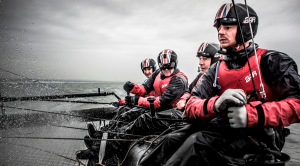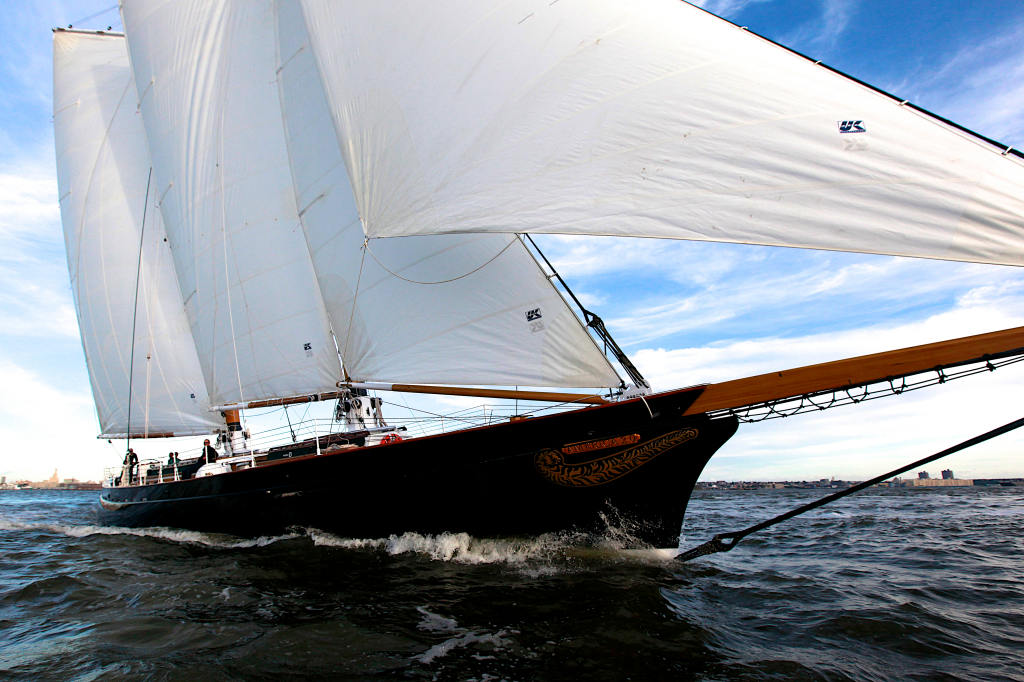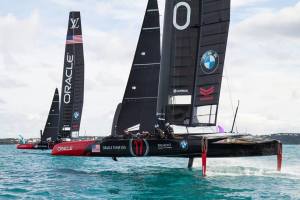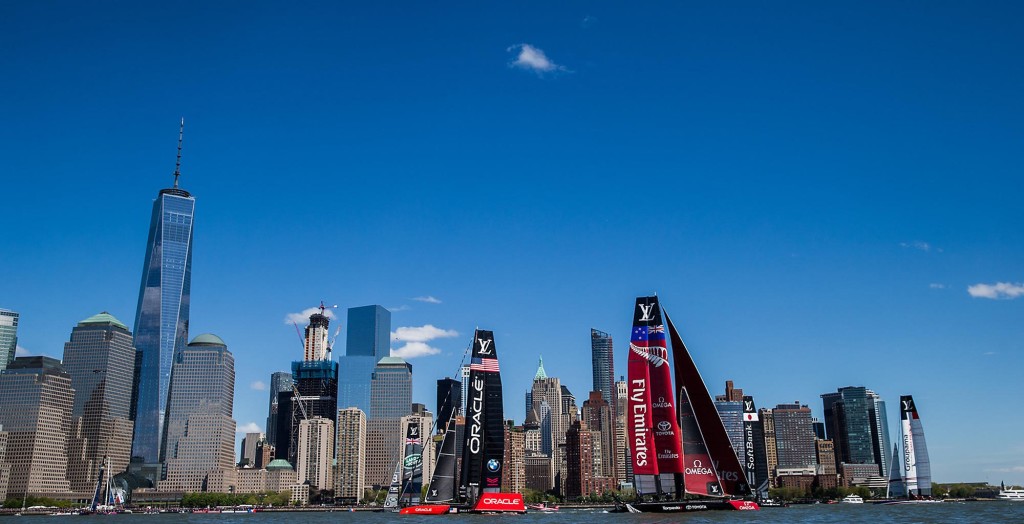America’s Cup - its History, Present and Future
- 8727
- 5

- -
It’s the For mula 1 of the water, with the big difference that instead of supercars on tarmac, the contestants ride 15 feet long, super light catamarans on hydrofoils, so that there’s no contact between the hull and the water.
mula 1 of the water, with the big difference that instead of supercars on tarmac, the contestants ride 15 feet long, super light catamarans on hydrofoils, so that there’s no contact between the hull and the water.
The sailing team around British four-time Olympic gold medal winner Ben Ainslie managed to get its catamaran to go as fast as 55 mph while being powered by nothing but the wind. In comparison, containerships with huge motors and thousands of horsepower only manage about 28 mph.
Looking back
The first America’s Cup, which back then was still called the Hundred Guinea Cup, was a race around the Isle of Wight and it took place in August 1851. The 100-foot schooner America from New York City won the race and from then on, the competition was being r eferred to as “America’s Cup”. The exact rules of the race have been prone to changes and countless legal battles over the years. In the 1920s it was decided that the competition should be between one defending and one challenging vessel with the final race being preceded by several elimination rounds.
eferred to as “America’s Cup”. The exact rules of the race have been prone to changes and countless legal battles over the years. In the 1920s it was decided that the competition should be between one defending and one challenging vessel with the final race being preceded by several elimination rounds.
Both partaking vessels had to be designed and built in each participating country. For a long time, the challenging yachts were at a disadvantage because they were required to sail on their own bottom to the contest. This meant that a lot of them had to be heavier than the defender. Luckily this rule was abolished in 1956. For 132 consecutive years, the America’s Cup was won by the New York Yacht Club until the Australian Royal Perth Yacht Club broke the winning streak in an exciting race in 1987.
America’s Cup 2017
 The current title defender is the (representing the Golden Gate Yacht Club) from the United States, who will be trying their best to keep the title in the final race in Bermuda in June 2017. They will be competing against the winner of the Vuitton America’s Cup Qualifiers & Challenger Playoffs, which will take place from 26 May – 12 June 2017. The qualifying stage is still going on and at the moment there are five other teams hoping to take the trophy away from the Oracle Team: Land Rover BAR (UK), SoftBank Team (Japan), Emirates Team (New Zealand), Groupam
The current title defender is the (representing the Golden Gate Yacht Club) from the United States, who will be trying their best to keep the title in the final race in Bermuda in June 2017. They will be competing against the winner of the Vuitton America’s Cup Qualifiers & Challenger Playoffs, which will take place from 26 May – 12 June 2017. The qualifying stage is still going on and at the moment there are five other teams hoping to take the trophy away from the Oracle Team: Land Rover BAR (UK), SoftBank Team (Japan), Emirates Team (New Zealand), Groupam a Team (France), and Artemis Racing (Sweden).
a Team (France), and Artemis Racing (Sweden).
During the qualifying period, seven races were already held in Portsmouth, Gothenburg, Bermuda, Oman, Chicago and New York. Another two are still to come: from 10 – 11 September 2016 the sailors will race in Toulon, France and from 19 – 20 November 2016 with the final qualifying race to be held in Fukuoka, Japan. Afterwards, all that remains are the final races to finalise the challenger. At the moment it looks as if the British team under Ainslie has got very good chances to take the cup back to British shores for the first time in 165 years. The Land Rover crew is currently leading the results tables with 367 points, very closely followed by the American defenders with 366 points and the team from New Zealand with 357 points. The winner of each race is awarded 10 points, second place earns 9 points, etc. For Sunday races the winner points double, so first place receives 20 points, second places, 18, etc.

It’s going to be a very tight competition this season. The Americans have shown for centuries that they’re an absolutely dominating force in the sailing world. But Great Britain is determined to finally win the sailing race, which they themselves started back in the 19th century. Being the most successful sailor in Olympic history, Ainslie has shown that he has everything it takes to win the trophy.

